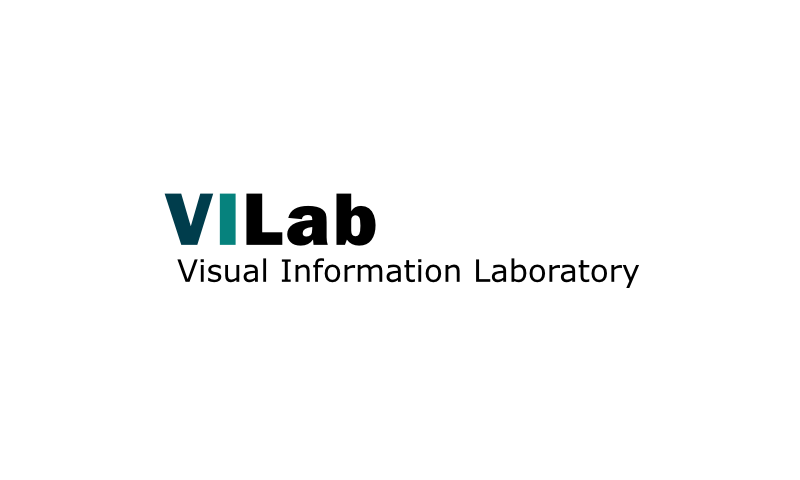BVI Seminar: Visual concealment as foreign policy: camouflage as signaling friends and foes.
Seminar Room, Life Sciences Building Tyndall Avenue, BristolLászló Tálas, Camo Lab, University of Bristol Abstract: Why do armies operating in the same environment (e.g. temperate woodland) wear markedly different dress? The primary function of military camouflage is generally understood to be concealment, however the vast diversity of camouflage patterns (over 600 patterns in the past century) suggests additional design factors. One hypothesis is […]
BVI Seminar: Diverted by dazzle: testing the ‘motion dazzle’ hypothesis.
Seminar Room, Life Sciences Building Tyndall Avenue, BristolAnna Hughes, University College London Abstract: `Motion dazzle' is the hypothesis that certain types of patterns, such as high contrast stripes and zigzags, can cause misperceptions in the speed and direction perception of moving targets. Motion dazzle is relevant to both ecological questions, including why striped patterning may have evolved in animals such as zebras, […]
BVI Seminar: Eye Movements in Low and Normally Sighted Vision
Seminar Room, Life Sciences Building Tyndall Avenue, BristolBrian Sullivan, University of Bristol, School of Experimental Psychology I will present two studies examining human eye movements and discuss my role at the University of Bristol. The first study concerns patients with central vision loss who often adopt a preferred retinal locus (PRL), a region in peripheral vision used for fixation as alternative to the damaged […]
BVI Seminar: Attentional selection of colour is determined by both cone-based and hue-based representations
Seminar Room, Life Sciences Building Tyndall Avenue, BristolJasna Martinovic, University of Aberdeen What is the nature of representations that sustain attention to colour? In other words, is attention to colour predominantly determined by the low-level, cone-opponent chromatic mechanisms established at subcortical processing stages, or by the multiple narrowly-tuned higher-level chromatic mechanisms established in the cortex? These questions remain unresolved in spite of […]
BVI Seminar, Filipe Cristino, Bangor University
Seminar Room, Life Sciences Building Tyndall Avenue, BristolSeminar title, abstract and biography to be announced
BVISS: Augmenting vision, the easy and the hard way
Seminar Room, Life Sciences Building Tyndall Avenue, BristolDr Stephen Hicks - Oxford University - Research Fellow in Neuroscience and Visual Prosthetics, Nuffield Department of Clinical Neurosciences Mobile computing, augmented reality, deep learning. Consumer-grade devices are coming of age with a dazzling array of technologies and potentials. While tech giants search for killer apps, there are sectors of society who have well defined […]
VILSS: How to tag billions of photos: The evolution of image auto-tagging from a technology to a global service
MVB 0.3 BS81UB, Bristol, United KingdomDr Stavri Nikolov, Imagga Technologies, Co-fouder and Research Director Imagga (https://imagga.com/) is one of the pioneers in the world in large-scale image tagging. Our cloud and on-premise software solutions have analysed and tagged billions of photos of various clients from around the world, ranging from telcos and cloud service providers to digital media companies, stock […]
BVISS: Pattern Recognition without Features or Training
Seminar Room, Life Sciences Building Tyndall Avenue, BristolProfessor Fred Stentiford - UCL Pattern recognition is usually implemented through the use of a selected set of plausible features that characterise the data being studied. In addition it is also necessary to identify a set of data that represents the problem area and is used to train and adjust parameters to maximise recognition performance. […]
BVISS: Learning to synthesize signals and images
Seminar Room, Life Sciences Building Tyndall Avenue, BristolDr Sotirios Tsaftaris - School of Engineering, Edinburgh University Abstract: An increasing population and climate change put pressure on several societally important domains. Health costs are increasing and at the same time feeding the world becomes a challenge. Imaging (and sensing) is central to furthering our understanding of biology not only in its diagnostic capacity […]
BVISS: Action localization without spatiotemporal supervision
Seminar Room, Life Sciences Building Tyndall Avenue, BristolDr Cees Snoek - Faculty of Science, University of Amsterdam Abstract Understanding what activity is happening where and when in video content is crucial for video computing, communication and intelligence. In the literature, the common tactic for action localization is to learn a deep classifier on hard to obtain spatiotemporal annotations and to apply it at test time on an […]




